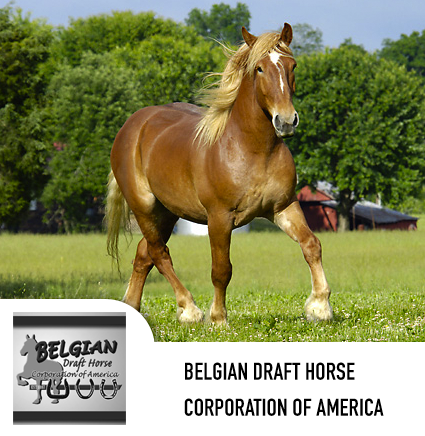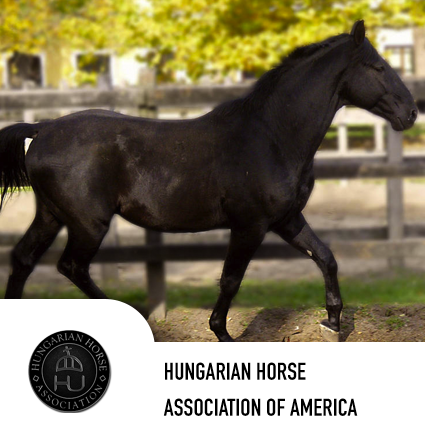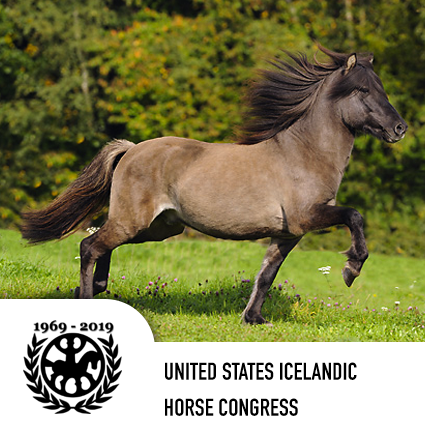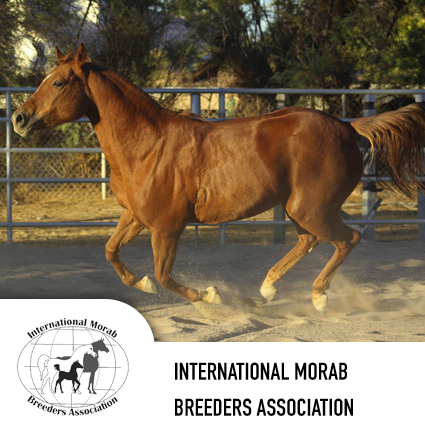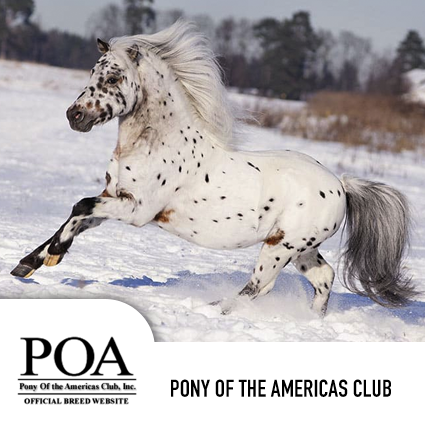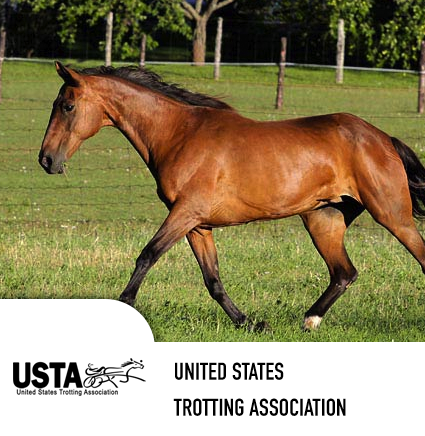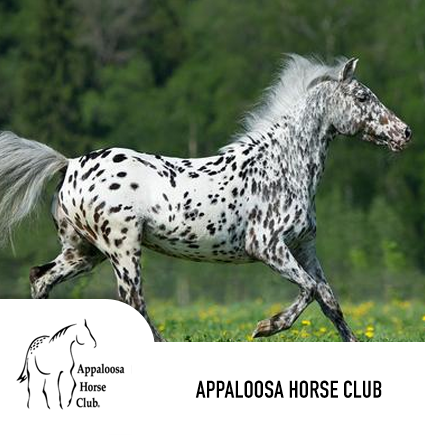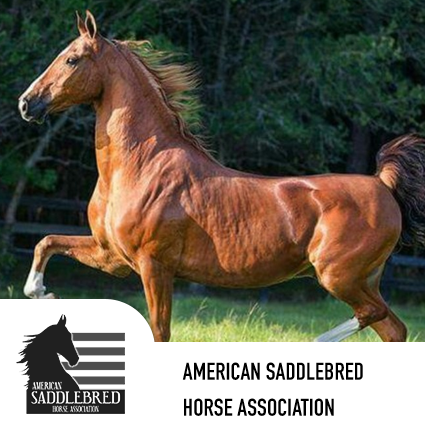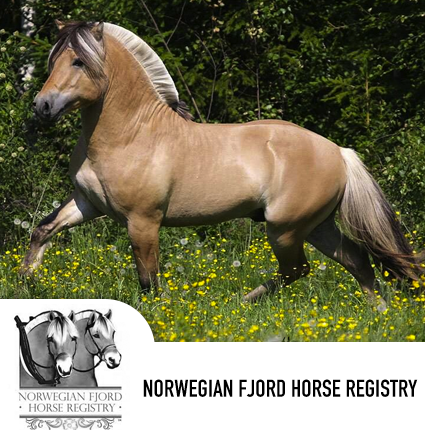
Training and Conditioning
After you gain experience in competitive trail riding, you will develop a workout program that best suits you and your horse. Until then, this discussion can serve as a guide. It is based on the assumption that your horse is trained in the basics and obedient to a degree.
Both training and conditioning should be a part of the program. Training aims at teaching the horse not only to obey commands, but also how to handle rough terrain and obstacles such as steep climbs, rocky descents, deep creeks, fallen limbs or logs, etc. Conditioning toughens the horse and builds stamina by improving the muscles, heart, lungs, tendons, ligaments, skin, feet, etc. In the peak of condition the horse will not tire readily. His breathing will not be as rapid as when he was "soft", nor will the heart have to pump as fast. And since he is trained, he will handle himself better and waste less motion through inexperience and nervousness.
Most mature horses can be brought to an adequate level of condition, perhaps a winning one, within a couple of months. Longer is better, but less might be sufficient for say a one-day Novice ride.
Although stress is necessary to the conditioning process, it is vital to avoid too much too soon. Excesses of effort such as galloping uphill, trotting downhill, or a lot of hard road work might make the horse muscularly strong, but if he then has only three out of four good legs, he is not going far. Maintaining soundness is one of the keys to success in NATRC, so save those legs for times of need in competition.
Look at the conditioning and training program with a long term view in mind, even if your first ride is only a month or less away. A non-stop workout of 1 to 2 hours per day, four or five days per week would be a reasonable program. Walk the climbs and descents, and trot only on good, level ground. At the same time, the workouts should be learning experiences. Besides, you don't want to bore yourself and your horse to death, so seek out difficulties that are challenging but safe. Depending on the horse's capabilities, go up and down banks, pick your way through rocky creek beds and over logs, and ride into short dead-end spots and back out. If your horse is not ready for these maneuvers (which can be somewhat advanced), then work up to them gradually. If you punish when the horse doesn't understand what is expected of him, you can create fear in his mind about the obstacle. Reward with praise and pats when the performance is better than before. If the horse refuses something like a water crossing and you think punishment is the best remedy, turn the horse away from it for the discipline. Then when the horse is proceeding toward the obstacle, praise and pet.
Practice mounting several times during the workout, and practice from each side. Use the hill also for learning to dismount and remount on the horse's offside (right side). All hillside mounting and dismounting should be on the uphill side of the horse.
Improving your own strength and flexibility will help you mount and ride better. Exercises are one way. Another is to go on foot with your horse occasionally during the workout. But there is another purpose to that.
The judges determine much of the horse's moving soundness by having the rider trot the horse in-hand. Therefore you want your horse to trot out willingly. On your workout trail, then, jog alongside your horse's head. If you are on your way back to the barn, the horse will automatically come along when you break into a jog. Use the word "trot" so the horse associates it with what you are doing. Repeat the word frequently and reward with praise when the trot is good.
In the last weeks before the competition, practice leading in circles and figure-eights at the trot. An occasional tap with a buggy whip or merely its presence in your left hand might help reinforce the training if the horse does not move out well.
Most of your muscular improvement will come from riding if you ride as lightly as possible. Ride light in the saddle by distributing some of your weight down through your inner thighs. The more effort you put into equitation techniques, the stronger you will become over the months and the easier it will be for you over the miles. Your lightness will help the horse in his job of carrying you.
Ride now and then in the rain so both of you will become accustomed to that and so you can work out matters of storm gear. It can be fun if you are fairly comfortable.
Ride too in the heat for you will need that kind of conditioning. On rides that turn out to be hot ones, you will feel less like a mad dog in the noonday sun and your horse will perform better than others less prepared.
Learn how to take the horse's pulse and respiration (P&Rs). They are a guide to the animal's condition and will help you determine your progress. For the pulse, either use a stethoscope placed forward of the girth just behind the left foreleg, or place your fingertips at a place where an artery passes near a bone, such as along the underside of the jaw, inside the knee, or along the groove just above the hairline under the tail. Count for 15 seconds, then multiply the 15-second reading by four for the heart rate, or pulse. To take the respiration, simply count the flank movement (inspiration and expiration together count as one). Again, take a 15-second reading and. multiply it by four to get the respirations per minute.
A good location for the P&R check is at the top of a stressful climb or after a trot of one-half to one mile. Take an initial reading. (This would only be meaningful if the rates rose higher after a rest; it could mean the horse was over-stressed.) After a 10-minute wait, take the "recovery reading." Hopefully the pulse will be 48 beats per minute (bpm) or less and the respiration 24 or less. Aside from deficiencies in condition, high temperatures and still air usually result in higher readings. Record the P&R data for future reference in analyzing the horse's progress.
During the training-conditioning program, try to foresee some of the things that might be expected on a ride. For example, since the vet inspections are largely hands-on examinations, get your horse used to those by gently handling the animal about the head. Daily caress the face, touch the eyelids, nostrils, lips, and gums. Run your hands over the back, body, and legs. Tie the horse to the trailer and work out a method for securing buckets for water (and grain if you use it). Blanket and unblanket the horse.
Some horses always behave well at home, but the first time or two at a ride camp the same horses might be nervously pawing the ground, dancing about, whinnying, and the like. Simply being aware of the possibilities will not only help you see a little humor in such carrying-on, but also help you side-step the issue by keeping you from overreacting. Understanding the animal's natural excitability will give you an advantage in moving toward a good relationship with your horse.

























